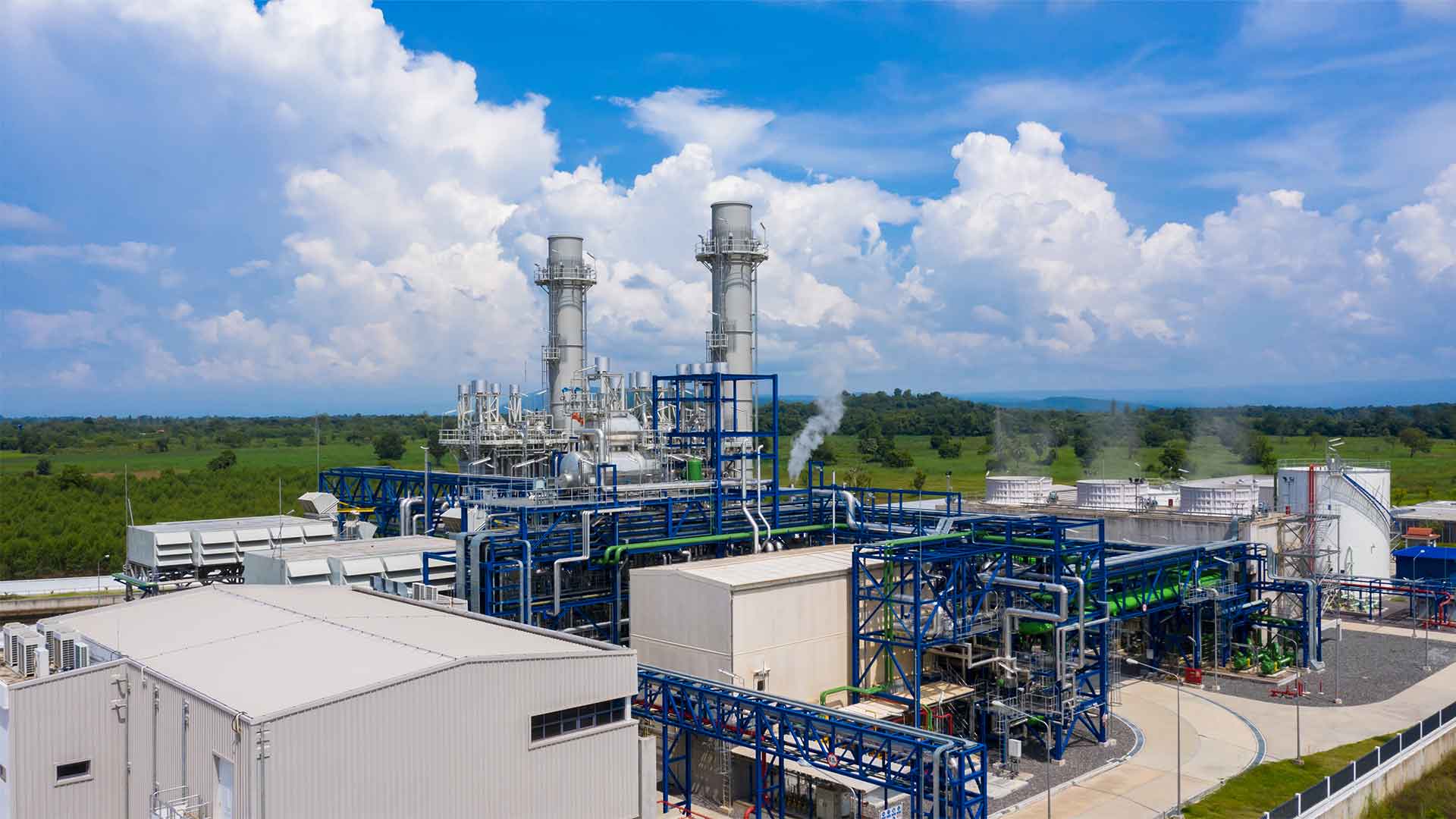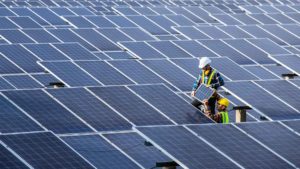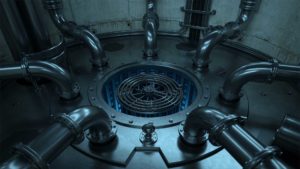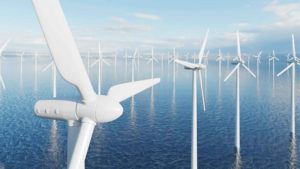
The power sector is a key part of any economy
There must be reliable sources of electrical power generation available at all times so that demand does not exceed supply. This helps to have an efficient economy or successful business in any country around the world. It also ensures stable rates and prices as well as minimal disruption from blackouts. Generally, blackouts result if one part of the system has too much strain put on it because another part isn’t providing enough support. This means that companies need to play a role in the energy sector, and that includes power generation. Sometimes they need the help of advanced energy.
Power Sector Activities are necessary to keep an economy stable. They need to ensure that there is enough demand for electricity for customers or in the form of public service. The number of renewable sources varies between different countries depending on their needs. But they also need traditional forms of electric power generation like coal.
Coal typically generates around 50% of total worldwide electrical production. To do this most nations have four main types: thermal plants, hydroelectric dams, nuclear reactors, and wind turbines. Although some may use solar panels too if they’re close to the equator where sunlight is more abundant year-round.
Thermal Plants
Thermal plants generate electricity by burning fossil fuels such as coal, natural gas, or oil. Coal is the most popular fuel for thermal power plants. Because it is affordable and widely available in many parts of the world. This type of plant is not considered to be environmentally sustainable though, which may produce more CO² emissions than other types like solar panels or wind turbines.
Thermal plants are power plants that use heat to generate electricity. They are a type of fossil fuel-fired power plant. Mostly they use coal or natural gas as the primary energy source and water for cooling. Most thermal plants operate continuously. But they can also cycle up and down depending on demand.
Hydroelectric dams
To generate power from a hydroelectric dam, you need gravity or water pressure. If your structure is taller and/or narrower, then it has more potential energy. It can turn into kinetic energy. So building them high up on steep slopes with a narrow base helps maximize this efficiency too. They do have some environmental impact on the different water that runs through them, but they are a renewable energy source.
Hydroelectric dams can combine with other power generation technologies. And they can provide an extra boost of energy such as hydro and solar panels.
Solar Power
This is one type of renewables/advanced energy that may have the most potential in the future. Because there is no limit to how much we could produce from sun rays. So harvesting this will never run out. The only issue though is storing excess electricity for when people need it more (such as at night). There are researches into batteries or hydrogen technology. Or even using oil or gas reserves underground which naturally makes them last longer too. It might not seem environmentally sustainable now. But both China and India use a lot of these kinds of power sources.

There was one advantage that questions whether solar panels are worth considering. We often assume that this technology provides all the electricity needs for your home. But unfortunately, they cannot during the day because they don’t work when it is sunny.
It means you need to have an alternative way of generating power. Like wind or hydroelectricity, then your home will rely on a grid connection for electricity generation and this can be expensive. Solar farms do not work as well in remote areas without any existing infrastructure. However, they provide a lot more energy than panels alone. It means that people with no other means of sustainable power production can use them instead.
Nuclear Reactors
The other type of advanced renewables is nuclear energy, which has a lot of promise. This form of power is sustainable for centuries. And it is in use since the 1940s on small scales. Although now there are plans to build large-scale reactors. The problem with this one though is that there was an accident at Chernobyl (in Ukraine) back in 1986. It happened when two explosions blew up part of a reactor so close to where people lived. It is not clear what happened. But it might have been because they were trying new fuel or running tests without safety procedures in place.

That kind of thing can’t happen again if we want more widespread adoption. But some countries still feel like it is one of the best solutions we have to eliminate our reliance on fossil fuels.
Nuclear reactors produce non-polluting energy without emitting any greenhouse gases or other pollutants. There is a lot of potential for using waste materials to generate electricity in nuclear power plants. It can help reduce the amount we would need to purchase from fossil fuels like coal.
Wind turbines
Wind turbines are an important part of the renewable advanced energy revolution. Some question their appearance or potential for damaging wildlife, but they still have many advantages. They generate clean power without polluting our skies with greenhouse gases.

There are also various other benefits to using these devices. They reduce noise pollution in comparison to fossil fuel-powered plants because it is quieter in general. Additionally, they are also useful in remote areas where any kind of infrastructure needs major work before construction can begin.
Microgrids
Microgrids are systems that allow us to produce power locally. And store it in battery storage technology or other forms of onsite electricity generation like solar farms. They don’t need the same kind of complicated grid system as centralized electric grids do. Therefore, they are cheaper to install and maintain over time.
Microgrids take up space. So we have limited land use options, high upfront costs, and higher maintenance costs. These challenges are due to their isolation from main electrical grids. Other concerns include energy poverty and inadequate infrastructures such as transmission lines and storage facilities.
Renewable energy sources can provide all or some electricity needs if we make them part of the system. Like most renewable technologies it can take a while for microgrids to produce renewable power.
A microgrid is an energy system where electricity generation, distribution, and consumption are controlled by a single entity. The microgrid can operate as its own self-sufficient island when connected to the traditional grid at all times. Or it can be disconnected from the main electricity supply with little effect on customers.
Smart grid technology has the potential to make electricity more reliable and efficient. It can also help us manage the flow of energy from our renewable sources. It will be especially important as we increase their share in the global power mix. Therefore the energy sector must work together with other sectors to achieve a sustainable future for everyone.
Challenges of the Power Sector
The Power Sector is a massive industry with activities ranging from generation to distribution. There are many challenges that the sector faces. It includes global warming which in turn affects how power plants work as well as the availability of raw materials for generating electricity.
Global warming
Power plants work by converting heat into electricity. Global warming affects power production because it impacts the amount of water available to cool these stations. It can lead to higher emissions and heavy air pollution in densely populated areas.
Climate change
The problem is not just with the power sector. But also electric vehicles and factories produce carbon dioxide emissions. The long-term solution for climate change is transitioning away from fossil fuels as quickly as possible.
Climate change has very dangerous impacts on our planet such as droughts, extreme weather events, flooding, heatwaves, and deadly diseases like malaria.
Other concerns of the power sector include energy poverty and inadequate infrastructures such as transmission lines and storage facilities.
Boron’s role in curbing climate change
Boron is a naturally occurring mineral that has the potential of reducing CO2 emissions by up to 40% in coal-fired power plants. Boron is introduced into coal ash as a co-product during coal production. And this will help curb climate change in the power sector.
The use of boron as a way to reduce carbon dioxide emission from fossil fuels is not new. However, it was previously only used on small scales. Now with the increased need for cutting down on greenhouse gas emission, there is an increase in research. Boron can be utilized more broadly across power generation sectors.
Innovations in renewable energy
Innovations in renewable energy are helping to mitigate some of these challenges. Advances such as smart grids and solar panels will help us meet the demands for electricity. We can also minimize the harm to our natural environment, which is vital if we want a sustainable future.





